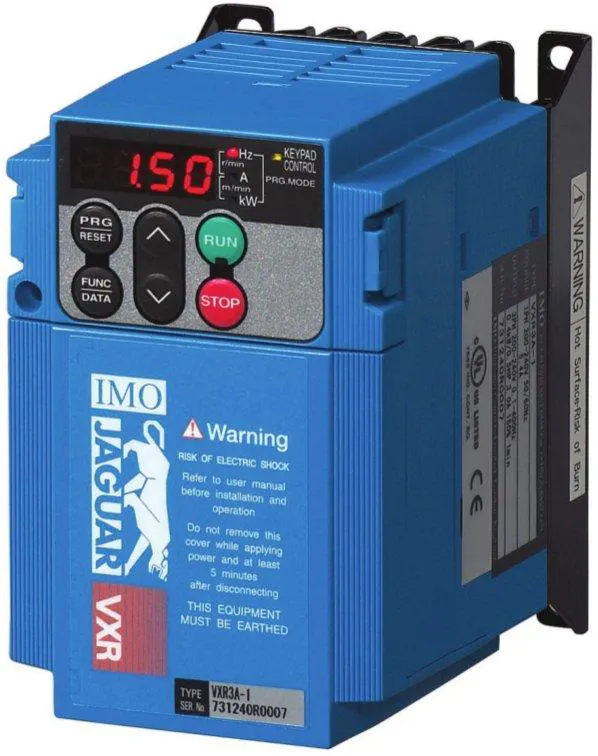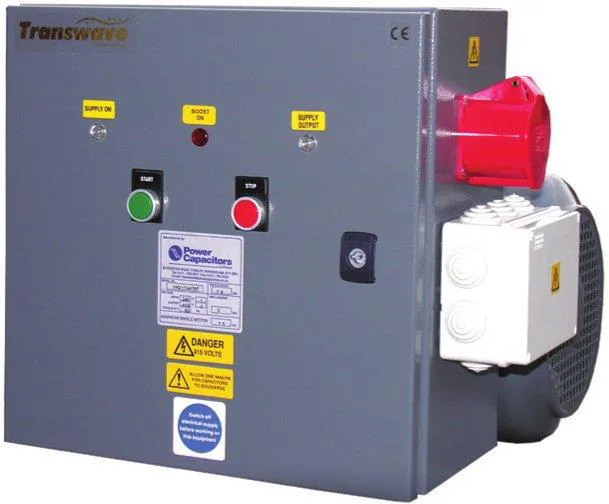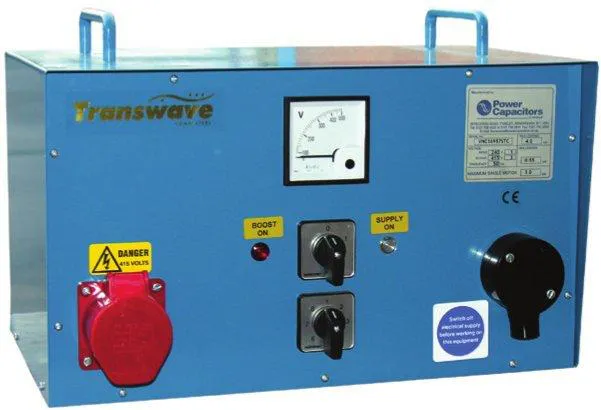1 Buying Your First Lathe
WHAT SIZE OF LATHE DO I REQUIRE?
The first thing to consider when buying a lathe is the size of the work that you want to do. What is the largest diameter you will want to turn on it and what is the longest length you will need to turn? A 3½ × 18in (90 × 457mm) lathe will allow a maximum diameter of 7in (178mm) to be turned over the lathe bed; the latter figure is known as the swing. In practice, though, this is a theoretical maximum as it is still necessary to hold and clamp the article being turned. The swing over the cross slide is usually much smaller, typically 2in (50mm).
Many lathes, however, are manufactured with a gap bed at the headstock end to enable short items of a large diameter, such as locomotive or traction engine wheels, to be turned.
Lathes are also sometimes available as standard and long bed lathes. The long bed lathe, as the name suggests, allows longer material to be turned within the capacity of the lathe. When turning longer material, the diameter will be limited by the swing over the cross slide. This will be a lot smaller than the swing over the bed.
If building a model such as a traction engine or a locomotive, the deciding factor for the size of lathe is likely to be the diameter of the largest pair of wheels that need to be turned. Before deciding on the size of lathe required you should determine the size of the largest diameter and the longest length of material that needs to be turned. Another factor in determining what lathe to buy is the availability of spares and accessories: is the company still trading, will it still be trading in the future, and are there large amounts of second-hand parts and accessories available from tool dealers or on eBay?
LATHE ELECTRICS
Single phase electric is where the lathe plugs into the mains supply in your house. The motor will have the usual live, neutral and earth leads. Lathes supplied for factory use usually have three phase motors and require three live wires, each of a different phase. Think of a phase as an incoming wave on the seashore; three successive waves make up the three phases needed. Each phase is the same as the preceding one but they are out of sync and all peak at a different time.
Converters and inverters
You can run some 3 phase motors from a single phase supply via a converter or an inverter. The motor information plate will usually say 240 volts/440 volts if it is capable of running on an inverter. Inside the motor there will be changeover tags to change the motor from 440V down to 240V. Follow the converter/inverter manufacturer’s instructions for further information. It is not usually very complicated to run a 240V 3 phase motor from an inverter and this will give a quieter and smoother running motor than a single phase supply can provide. This usually requires some simple programming, explained in the inverter’s instructions, and it usually takes five minutes to get the motor working properly.
The inverter runs at a constant voltage but the speed of the motor will change as the frequency is raised or lowered. I suggest limiting your inverter from full speed to half speed so that the fan still cools the motor and stops it from overheating; you can then use the belts to change the main speed steps as usual. (If you must use very slow running it is possible to add a separate fan, such as a computer cooling fan, to give constant airflow.) Most inverter suppliers offer a forward/reverse and speed control box that can be set up in a convenient position on the machine. These are well worth fitting for convenience in use.
While inverters are designed to run only one machine, you can get converters to power more than one machine at a time. Depending on the size and power output, converters cost about three to four times as much as an inverter.
There are two main types of converter. Rotary converters are designed to run more than one motor at a time. This is ideal if you want to run more than one machine or two motors on one machine, for example the main machine motor and perhaps an auxiliary motor that drives the machine’s coolant pump or power feed system.
The second type is the static converter, which is designed to run one motor at a time. There is, of course, nothing to stop you using the static converter on more than one machine by fitting a suitable female electrical connector to the static converter and matching male connectors to the individual machines. This way you can connect the static converter to only one machine at a time.
The electrical loading on rotary or static converters must n...






